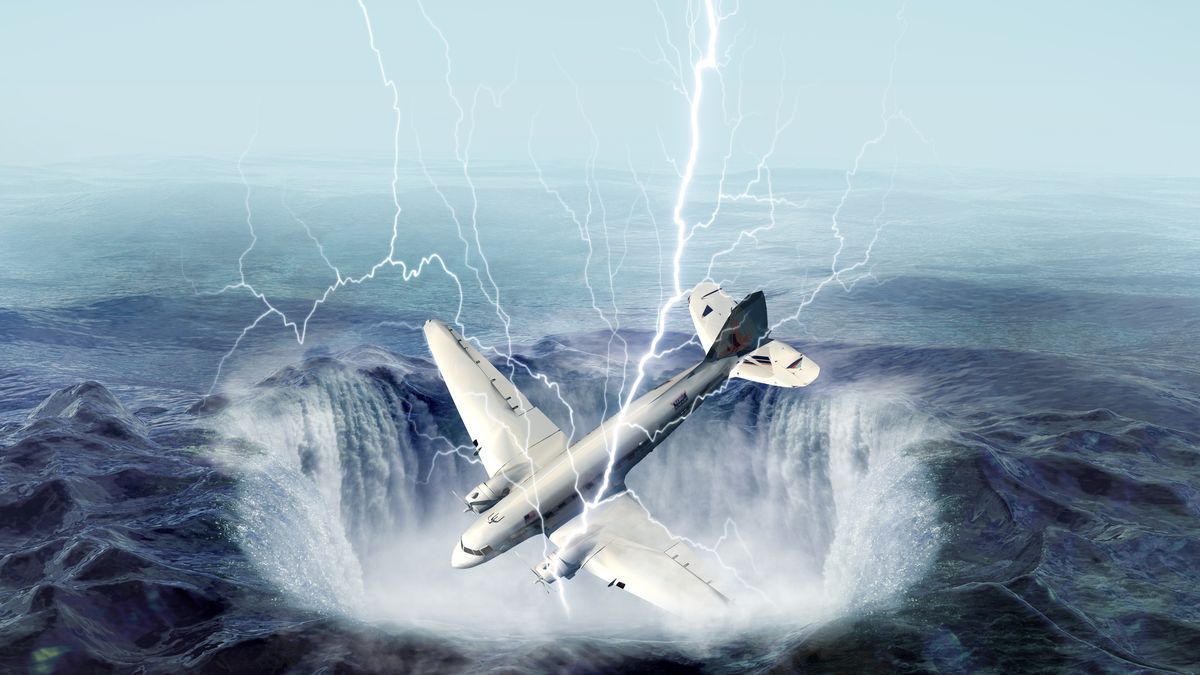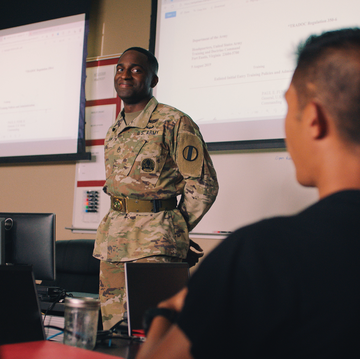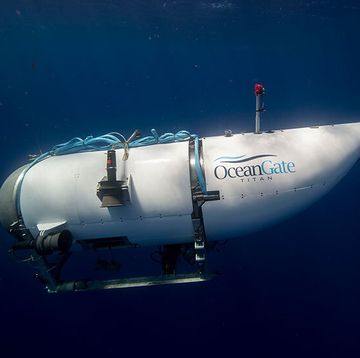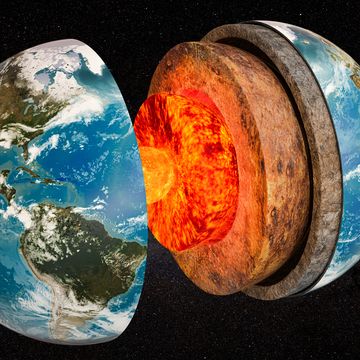PICK ANY ONE of the more than 50 ships or 20 planes that have disappeared in the Bermuda Triangle in the last century. Each one has a story without an ending, leading to a litany of conspiracy theories about the disappearances in the area, marked roughly by Florida, Bermuda, and the Greater Antilles.
Australian scientist Karl Kruszelnicki, along with the United States’ own National Oceanic and Atmospheric Association (NOAA), don’t subscribe to the Bermuda Triangle’s supernatural reputation. Both have been saying for years that there’s really no Bermuda Triangle mystery. In fact, the loss and disappearance of ships and planes is a mere fact of probabilities.
“There is no evidence that mysterious disappearances occur with any greater frequency in the Bermuda Triangle than in any other large, well-traveled area of the ocean,” NOAA wrote in 2010.
And since 2017, Kruszelnicki has been saying the same thing. He told The Independent that the sheer volume of traffic—in a tricky area to navigate, no less—shows “the number [of ships and planes] that go missing in the Bermuda Triangle is the same as anywhere in the world on a percentage basis.” He says that both Lloyd’s of London and the U.S. Coast Guard support that idea. In fact, as The Independent notes, Lloyd’s of London has had this same theory since the 1970s.
NOAA says environmental considerations can explain away most of the Bermuda Triangle disappearances, highlighting the Gulf Stream’s tendency towards violent changes in weather, the number of islands in the Caribbean Sea offering a complicated navigation adventure, and evidence that suggests the Bermuda Triangle may cause a magnetic compass to point to true north instead of magnetic north, causing for confusion in wayfinding.
“The U.S. Navy and U.S. Coast Guard contend that there are no supernatural explanations for disasters at sea,” NOAA says. “Their experience suggests that the combined forces of nature and human fallibility outdo even the most incredulous science fiction.”
Kruszelnicki has routinely garnered public attention for espousing these very thoughts on the Bermuda Triangle, first in 2017 and then again in 2022 before resurfacing once more in 2023. Throughout it all, he’s stuck to the same idea: the numbers don’t lie.
Even with some high-profile disappearances—such as Flight 19, a group of five U.S. Navy TBM Avenger torpedo bombers lost in 1945—pushing the theory into popular culture, Kruszelnicki points out that every instance contains a degree of poor weather or likely human error (or both, as in the case of Flight 19) as the true culprit.
But culture clings to Bermuda Triangle conspiracy theories. The concepts of sea monsters, aliens, and even the entirety of Atlantis dropping to the ocean floor—those are fodder for books, television, and movies. It sure does sound more exciting than poor weather and mathematical probabilities, anyway, even if the “boring” story holds more water.
Tim Newcomb is a journalist based in the Pacific Northwest. He covers stadiums, sneakers, gear, infrastructure, and more for a variety of publications, including Popular Mechanics. His favorite interviews have included sit-downs with Roger Federer in Switzerland, Kobe Bryant in Los Angeles, and Tinker Hatfield in Portland.












